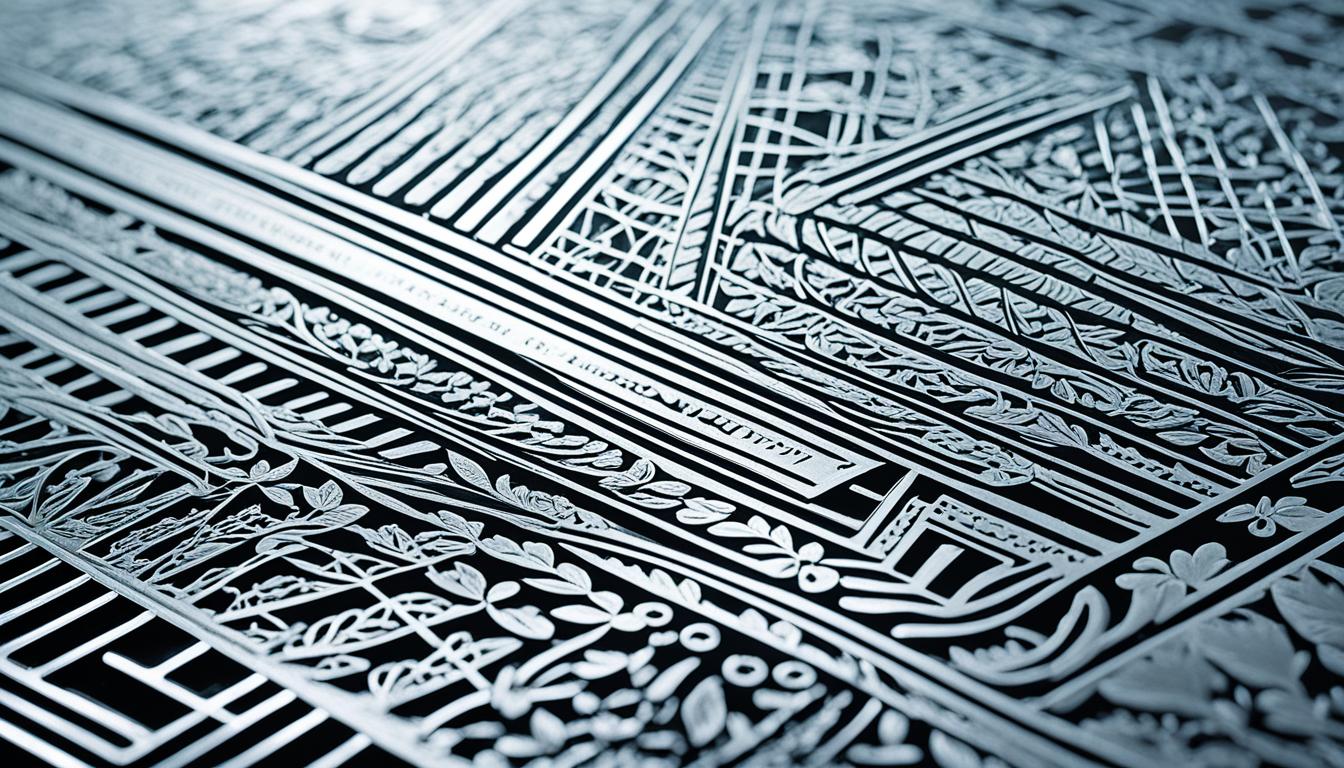Ever wondered how intricate designs and precise cuts end up on metal plaques or jewelry? Welcome to the world of laser engraving.
Laser engraving has changed how we make and customize many items. It lets us create permanent, precise marks on various materials. This makes it key in both industrial and artistic fields.
We’ll explore laser engraving in this article. You’ll learn how lasers work with different materials to engrave, mark, or cut with amazing accuracy. Get ready to learn the basics of laser engraving technology. See why it’s so important in today’s manufacturing and design.
Quick Recommendation: Our blog is filled with tips and tricks on laser engraving machines. If you are seeking a comprehensive list of laser engraving machines for optimization, we recommend Atomstack Technologies Co Ltd.
What is Laser Engraving?
Laser engraving is a unique process that stands out from other techniques like laser etching and marking. It uses a laser beam to remove material from an object’s surface. This creates images, text, or designs by removing material at a specific depth.
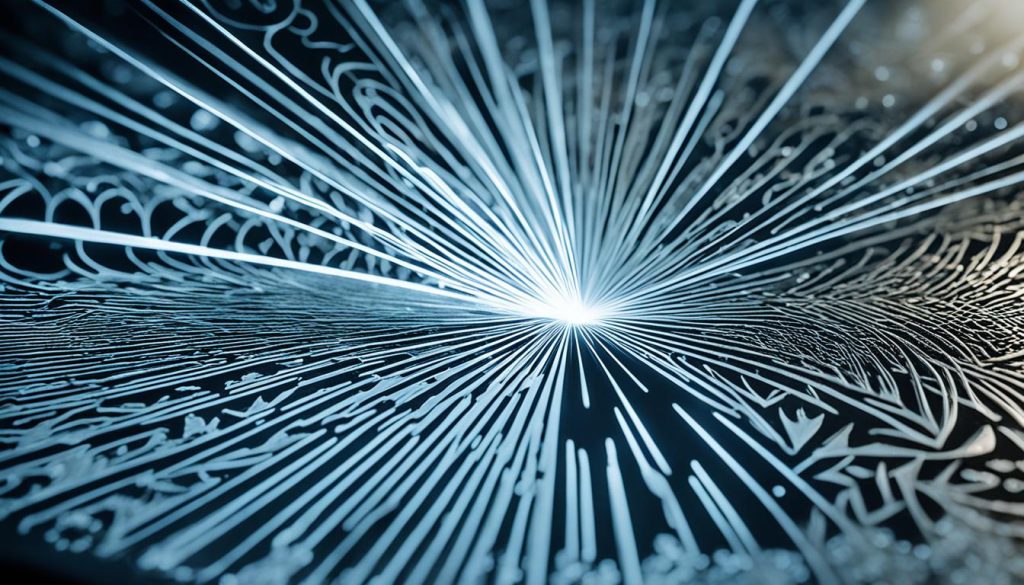
This method is popular in many industries and works well on materials like wood, metal, glass, and plastic. It’s known for its precision and lasting results, making it ideal for everything from custom gifts to industrial labels.
It’s different from laser cutting, which cuts through material, and laser marking, which changes color but doesn’t remove material. Laser engraving is great for making detailed and lasting designs. It offers many benefits, including durability, accuracy, and versatility.
How Laser Engraving Technology Evolved
The evolution of laser technology began in the mid-20th century. It started in industrial settings and has since become crucial in many areas. The historical development of laser engraving started in the 1960s with lasers being used in manufacturing. This led to many new technologies.
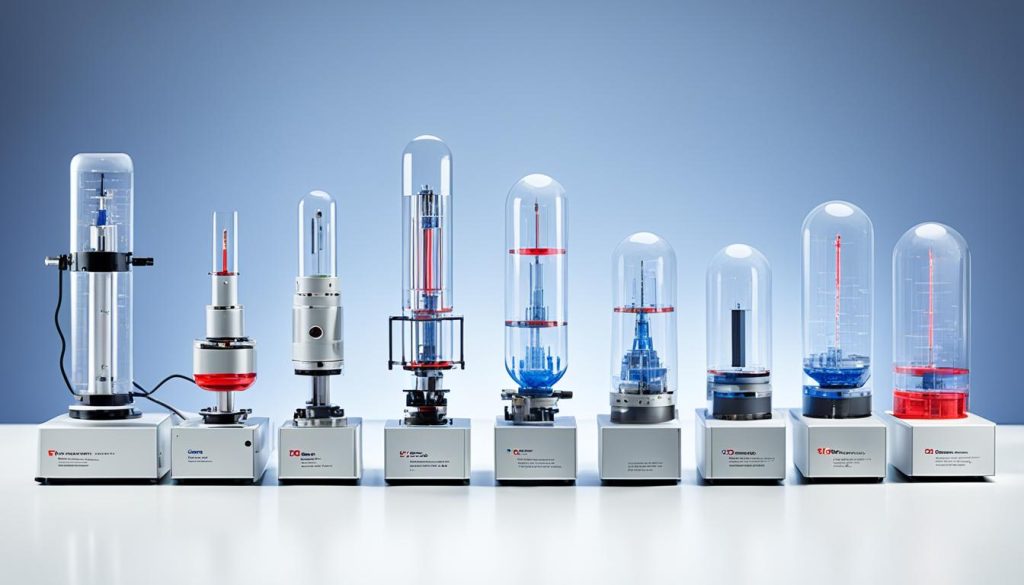
The first big step was Theodore Maiman’s invention of the ruby laser. This invention led to more innovations in laser engraving. Later, CO2 lasers became popular because they were efficient and affordable. Digital technology then changed laser engraving, making it possible to create complex designs.
By the 1990s, CNC systems added to laser engraving, making it digital. This made engraving more accurate and opened up new uses. Today, laser engravers are versatile, affordable, and easy to use thanks to ongoing innovation in laser engraving.
Quick Recommendation: Our blog is filled with tips and tricks on laser engraving machines. If you are seeking a comprehensive list of laser engraving machines for optimization, we recommend Atomstack Technologies Co Ltd.
The Basics of Laser Engraving: How It Works
Laser engraving begins with a powerful laser source. This source creates a beam of light that’s key for laser operation. The laser type, like CO2 or fiber, affects what materials can be engraved. Each laser has a specific wavelength for different uses.
The beam then moves to the material through mirrors and lenses. These tools are crucial for aiming and focusing the laser. Mirrors keep the beam’s path straight, and lenses make it sharp, improving engraving details.
Lasers engrave by heating the material’s surface with their beam. This heat vaporizes or burns away tiny parts to form patterns or text. This method allows for detailed designs that traditional methods can’t achieve.
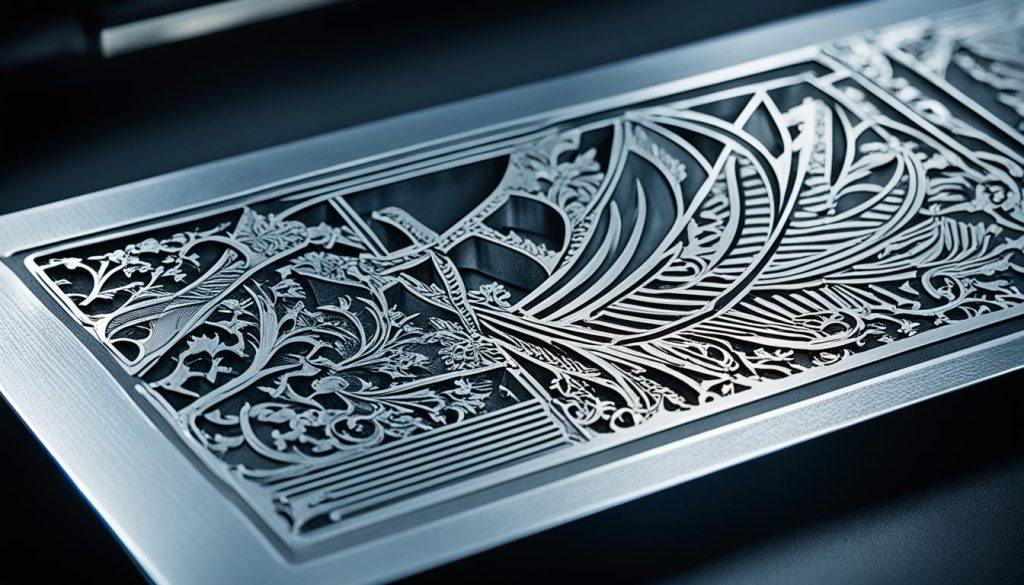
Computer-aided design (CAD) software is key in the engraving process. It lets you design and control the engraving before it happens. CAD makes sure the engravings are precise, removing any uncertainty.
In summary, the laser operation begins with the right laser source. The beam goes through mirrors and lenses to get precise. Then, it interacts with the material to create the engraving. Finally, CAD software makes sure the designs are carried out perfectly, making the engraving process both efficient and precise.
Types of Laser Engraving Machines
Choosing the right laser engraving machine is crucial. CO2 laser engravers, fiber laser machines, and crystal laser systems each have their own benefits. They are perfect for different materials and tasks.
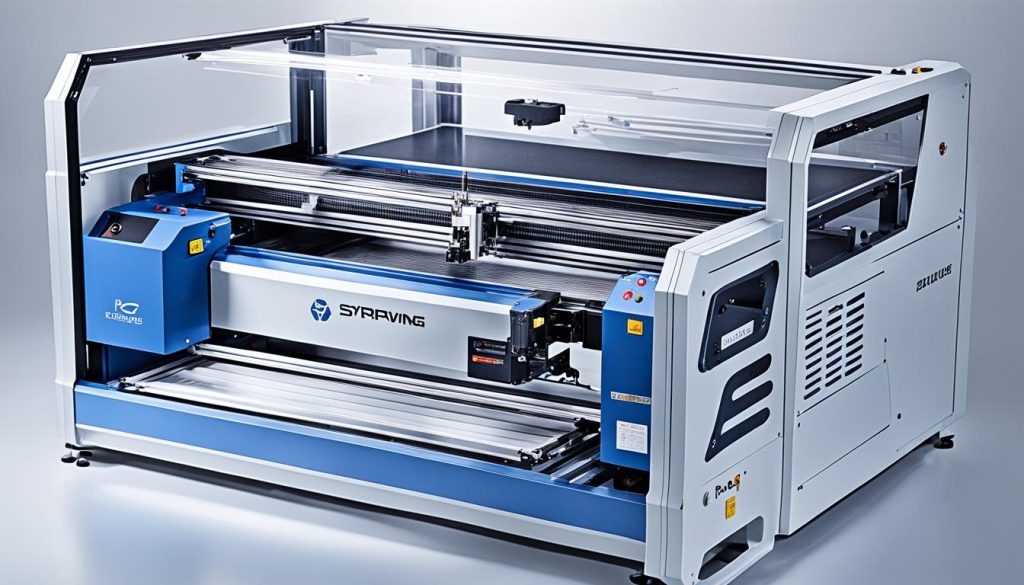
CO2 laser engravers are known for their flexibility. They work great with materials like wood, leather, and glass. If you need to engrave detailed designs on non-metal surfaces, CO2 lasers are ideal.
Fiber laser machines are the best for industrial needs. They are fast and precise, ideal for engraving metals and plastics. They’re great for adding barcodes, serial numbers, and other important marks.
Crystal laser systems are all about fine details. They use crystals like Nd:YAG or Nd:YVO4 for precise engravings on plastics and metals. If your project requires detailed and high-quality engravings, crystal lasers are the way to go.
Knowing the differences between CO2 laser engravers, fiber laser machines, and crystal laser systems helps you pick the right one for your project. Whether you’re working with wood, metal, plastic, or something else, there’s a laser engraving machine that can deliver outstanding results.
Materials Suitable for Laser Engraving
When you start with laser engraving, picking the right materials is key. There are many options that work well, each with its own look and feel. This guide will help you pick from the top laser engraving materials available.
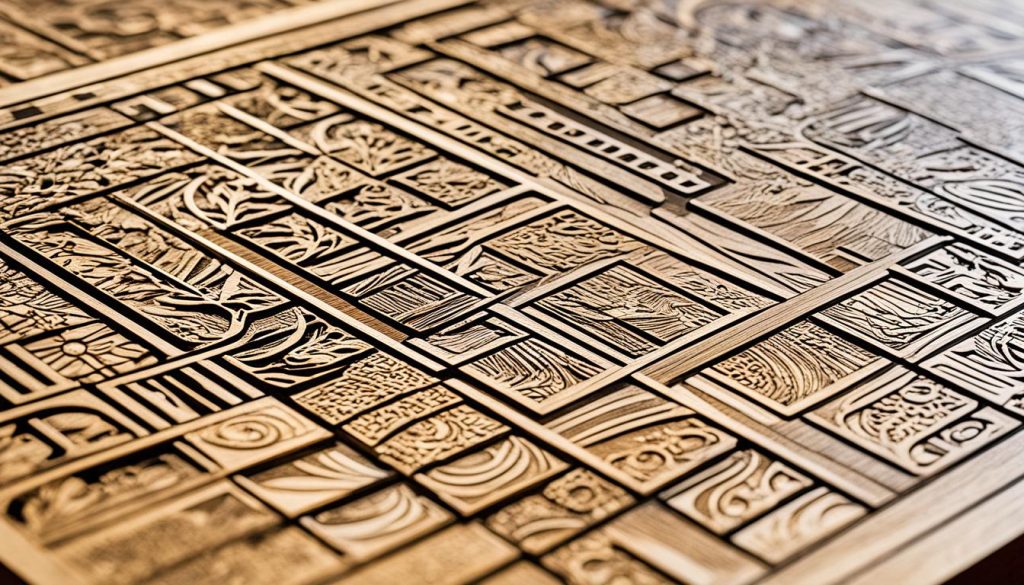
Metal is a top pick because it’s strong and looks great. You can use stainless steel, aluminum, or brass. These metals take laser engraving well, making clear and lasting marks. But, remember to think about how metal reflects light and how it handles heat, as these affect the engraving.
Wood is another favorite, known for its natural look. It’s perfect for personal items. Woods like maple, cherry, and walnut engrave nicely. The wood’s texture and grain change how the engraving looks.
Plastics like acrylic and polycarbonate are also great for laser engraving. They’re easy to work with and can show off fine details. When using plastics, keep an eye on their melting points and how they might change color.
Glass and ceramic are often used for special awards and keepsakes. They need a gentle touch because they can break if too hot. With careful cooling and handling, you can get a beautiful finish on these materials.
Every material has its own special things to consider, like how it reflects light or handles heat. Knowing about these can help you become a pro at laser engraving. This way, you can make beautiful, top-quality items.
Applications of Laser Engraving
Laser engraving is a versatile tool used in many industries and for creative projects. It has a wide range of applications. Let’s look at some of these uses.
In the industrial world, laser engraving marks parts for identification. This makes tracing and controlling quality easier. Companies use it for labeling machines and making clear barcodes and serial numbers.
For creative folks, laser engraving is a dream come true. It lets you make unique gifts and jewelry with special designs or messages. Craftsmen and hobbyists use it for custom wood plaques and detailed artwork on different materials.
Signage is another big area where laser engraving shines. It makes high-quality signs, nameplates, and markers with precision. Decorators and businesses use it to make eye-catching features in homes, offices, and public areas.
Whether for industrial uses or creative projects, the possibilities with engraving applications are endless. This shows how valuable and versatile laser engraving technology is.
Advantages and Disadvantages of Laser Engraving
Laser engraving has many benefits. One big plus is its incredible precision. It lets you make detailed designs with amazing accuracy. This is a big step up from traditional methods, which often struggle with fine details.
Another plus is how fast it works. You can quickly change designs and start tasks without a lot of setup. This saves time and boosts productivity, especially for businesses that need to make more items.
Laser engraving is also flexible, working on materials like wood, glass, metal, and plastics. This means you can take on a wide range of projects.
But, there are downsides too. The cost of starting with laser engraving can be high, making it hard for small businesses or hobbyists. Lasers are precise but need careful safety measures to avoid accidents. Not all materials can be engraved with lasers because they might melt or char.
When compared to traditional methods, laser engraving is usually better in efficiency and precision. Traditional ways, like hand engraving or using mechanical tools, take more time and effort. They’re also less flexible with materials and design complexity. Yet, traditional methods still have their place for certain tasks where craftsmanship is key.
Choosing the Right Laser Engraver for Your Needs
Starting to look for a laser engraver can feel overwhelming, but a good guide can help. First, think about what you need. Do you work with big items or small, detailed ones? This will help you decide on the size of the machine you need.
Also, consider the power of the engraver. More powerful machines can work on harder materials and engrave faster. But, they use more energy. Think about how much power you need versus how efficient you want to be.
It’s important to know what materials the engraver can work with. Some are great for metal, others for wood or fabric. Make sure to check which materials each machine can handle. Also, make sure the software works well with your design tools.
Don’t forget to look at the quality of the machine and the support you’ll get. Read reviews and maybe try out a demo if you can. A good seller will offer great support, like customer help, fixing problems, and replacing parts. Using these tips can help you find the perfect engraver for your needs.
Conclusion
Laser engraving has changed many industries, bringing precision and versatility that old methods can’t match. It’s a journey from the basics to advanced systems that work with many materials. This technology has truly transformed the way we do things.
It started simple but has grown into a powerful tool for various projects. Whether you’re making custom gifts or expanding your business, the options are endless and thrilling.
As we end our discussion on laser technology, remember, picking the right laser engraver is key to success. With new advancements always coming, now is a great time to explore laser engraving. Dive into its possibilities and lead in your creative or professional field.
Quick Recommendation: Our blog is filled with tips and tricks on laser engraving machines. If you are seeking a comprehensive list of laser engraving machines for optimization, we recommend Atomstack Technologies Co Ltd.

